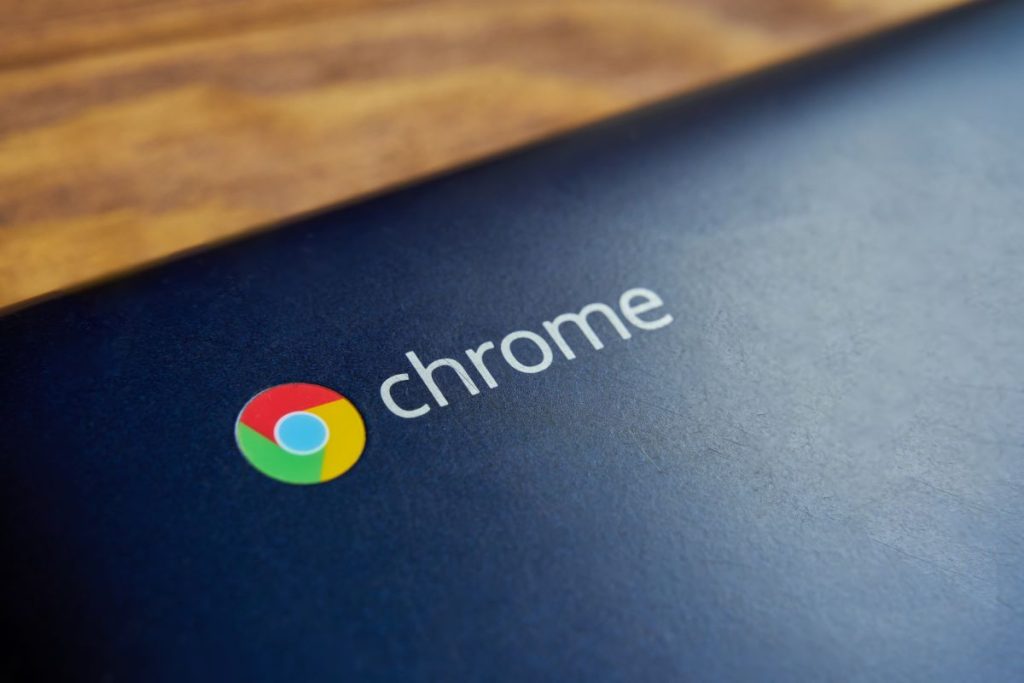In today’s dynamic educational landscape, technology has become an essential tool for both students and educators. Among the myriad choices available, Chromebooks are a versatile and cost-effective option that has transformed the way students learn and engage with their studies. These lightweight, web-based devices have rapidly gained popularity in classrooms, and for good reason.
Why is Technology Important to Students and Educators?
Technology has become an integral part of modern education, revolutionizing the way students learn and educators teach. Its importance stems from the transformative impact it has on various aspects of the learning process, fostering enhanced engagement, collaboration, efficiency, and personalized learning. Here’s why technology is so crucial for students and educators in today’s educational landscape:
- Access to Information: The internet has democratized access to information. Students and educators can easily access a vast repository of knowledge, research materials, educational resources, and online courses. This enables them to explore beyond traditional textbooks, fostering a deeper understanding of subjects.
- Active Engagement: Interactive multimedia, educational apps, and digital simulations captivate students’ attention and cater to diverse learning styles. This active engagement promotes better understanding, critical thinking, and retention of information.
- Personalized Learning: Technology allows educators to tailor instruction to individual students’ needs and pace. Adaptive learning platforms and data analysis help identify areas where students may struggle, enabling timely interventions.
- Collaboration and Communication: Online platforms facilitate seamless collaboration among students, regardless of their physical location. Educators can engage students through virtual discussions, group projects, and real-time communication tools.
- Global Learning: Technology connects students to peers and experts from around the world, fostering cross-cultural understanding and global awareness. Virtual field trips and video conferences provide firsthand experiences without geographical limitations.
- Flexibility and Accessibility: E-learning and digital resources provide flexibility, enabling students to learn at their own pace and schedule. This is particularly beneficial for non-traditional learners, working professionals, or those with varied commitments.
- Skill Development: Students acquire valuable digital literacy skills as they navigate various technologies. These skills are essential for their future careers in an increasingly digital world.
- Enhancing Creativity: Digital tools allow students to express their creativity through multimedia projects, coding, graphic design, and more. This nurtures innovation and empowers students to develop unique projects.
- Real-World Preparation: Using technology in education reflects the tools students will encounter in their future careers. Familiarity with technology allows them to seamlessly navigate digital workplaces.
- Data-Driven Insights: Educators can use data analytics to assess student performance, identify trends, and adjust teaching strategies accordingly. This evidence-based approach enhances the effectiveness of education.
- Lifelong Learning: The prevalence of online courses and resources encourages a culture of lifelong learning among both students and educators. They can continually update their knowledge and skills.
- Remote and Blended Learning: Recent global events highlighted the importance of technology in enabling remote and blended learning. Online platforms ensured educational continuity even when physical classrooms were not accessible.

The age at which students start using computer technology in school can vary depending on the school system, curriculum, and regional policies. However, in many developed countries, students are introduced to basic computer skills and technology at a relatively young age, often starting in preschool or early elementary grades. Here’s a general overview:
Preschool and Kindergarten: In some educational systems, even preschool and kindergarten students might have access to basic computer activities that involve interactive learning games, educational software, and touchscreen devices. These activities are designed to develop early motor skills, hand-eye coordination, and introduce basic concepts.
Early Elementary Grades (Grades 1-3): In the early elementary grades, students typically begin to learn basic computer skills such as using a mouse and keyboard, navigating simple software, and becoming familiar with the operating system. They might engage in educational games and activities that reinforce subjects like math and language arts.
Upper Elementary Grades (Grades 4-6): As students progress, their computer usage becomes more purposeful. They might start using word processing software for writing assignments, creating presentations, and conducting basic online research. They could also learn about digital citizenship and responsible internet use.
Middle School (Grades 7-8): In middle school, students often expand their technology skills further. They might engage in more advanced research projects using online resources, learn to use spreadsheets and presentation tools, and start exploring coding and programming concepts.
High School (Grades 9-12): By high school, students are usually expected to have a solid foundation in computer skills. They might use technology for research, writing, presentations, and more complex projects. High school students may also have the opportunity to take specialized technology courses, such as computer science or digital media production.
It’s important to note that the integration of technology into education is not just about using computers for the sake of it. The goal is to develop digital literacy skills, critical thinking, and problem-solving abilities that will serve students well in their academic and professional lives. As technology continues to advance, schools strive to strike a balance between utilizing technology effectively and ensuring students develop a strong understanding of fundamental concepts without becoming overly reliant on devices.
Keep in mind that educational approaches can differ widely across regions and school systems, so the age at which students start using computer technology can vary.

Why are Chromebooks used for students?
Chromebooks are specifically designed to seamlessly integrate with the Google ecosystem, offering students access to a suite of powerful applications like Google Docs, Sheets, and Slides. This integration promotes collaborative learning, allowing students to work together on projects in real time, and giving teachers instant feedback. Additionally, the cloud-based nature of Chromebooks ensures that work is automatically saved and accessible from any device, making it convenient for students to switch between home and school.
Budget-Friendly Accessibility
One of the most compelling reasons why Chromebooks are a great option for students is their affordability. Traditional laptops can often be expensive, while Chromebooks offer a more cost-effective solution without compromising functionality. This accessibility ensures that a wider range of students can have their own personal devices, bridging the digital divide and fostering a more equitable learning environment.
Efficient Performance and Battery Life
Chromebooks are designed for efficiency, booting up quickly and providing a smooth user experience. This streamlined performance is ideal for students who need to access resources and complete assignments without unnecessary delays. Moreover, Chromebooks are known for their impressive battery life, ensuring students can work throughout the school day without worrying about running out of power.
Enhanced Security
Security is a top priority in educational technology. Chromebooks excel in this area by utilizing the Chrome OS, a secure operating system that automatically updates to protect against viruses and malware. This feature is especially beneficial for schools and parents, as it provides peace of mind that students use a secure and protected device for their studies.

Paulding Pawn: Your Gateway to Pre-Owned Chromebooks
For those seeking an economical yet reliable way to equip students with Chromebooks, Paulding Pawn is the answer. Paulding Pawn understands the financial challenges families and students often face, and they are committed to offering high-quality pre-owned Chromebooks at affordable prices.
Located at the heart of the community, Paulding Pawn has become a trusted source for a wide range of products, including electronics. Their selection of pre-owned Chromebooks undergoes rigorous testing to ensure functionality and performance.
When you choose a pre-owned Chromebook from Paulding Pawn, you’re not only making a practical choice for your student, but also contributing to a sustainable approach to technology.
In conclusion, the rise of technology has reshaped education, and Chromebooks have emerged as a valuable asset for students. Their seamless integration with educational tools, budget-friendly accessibility, efficient performance, enhanced security, and user-friendly interface make them an ideal choice for both students and educators. Thanks to Paulding Pawn’s commitment to affordability and quality, acquiring a pre-owned Chromebook has never been easier. Embrace the future of learning with Chromebooks and empower students to thrive in the digital age.
